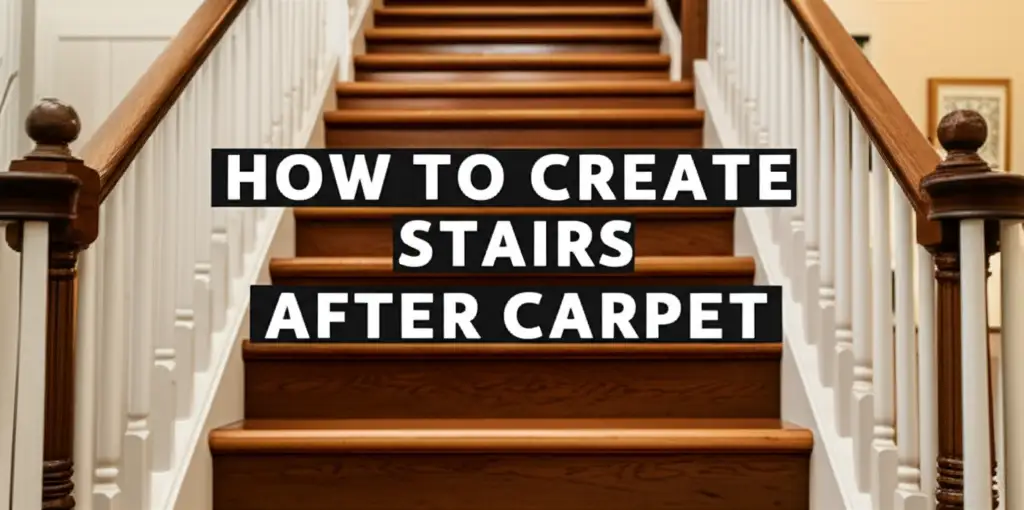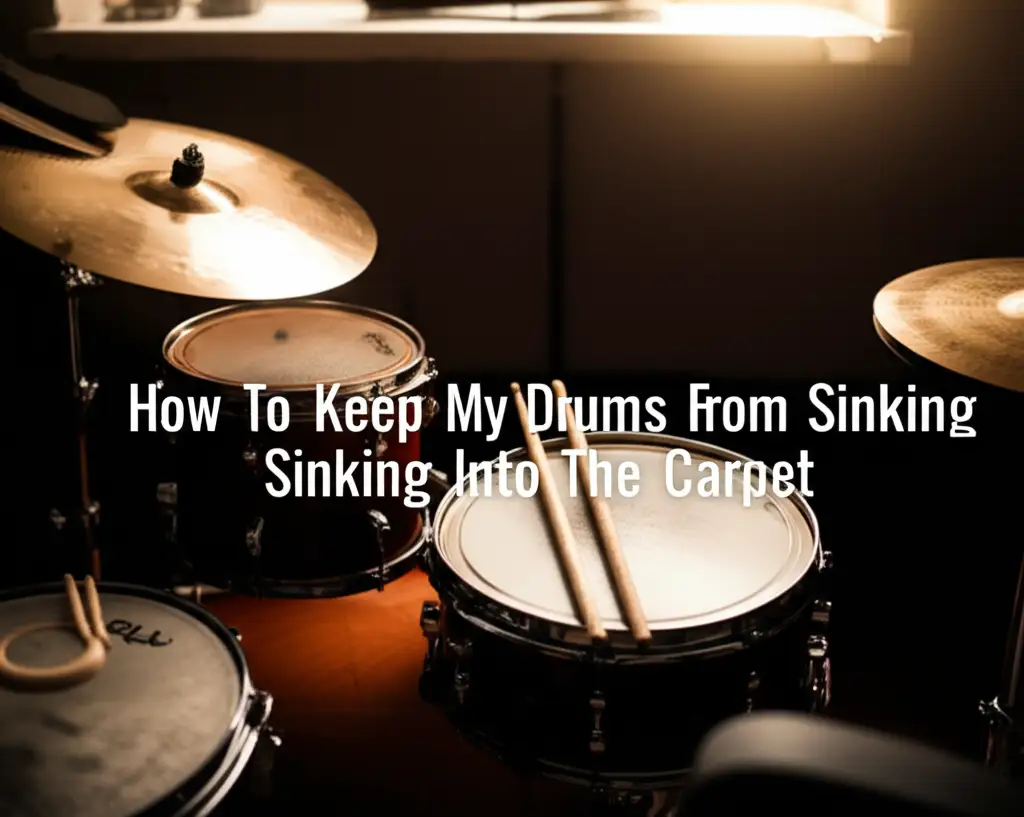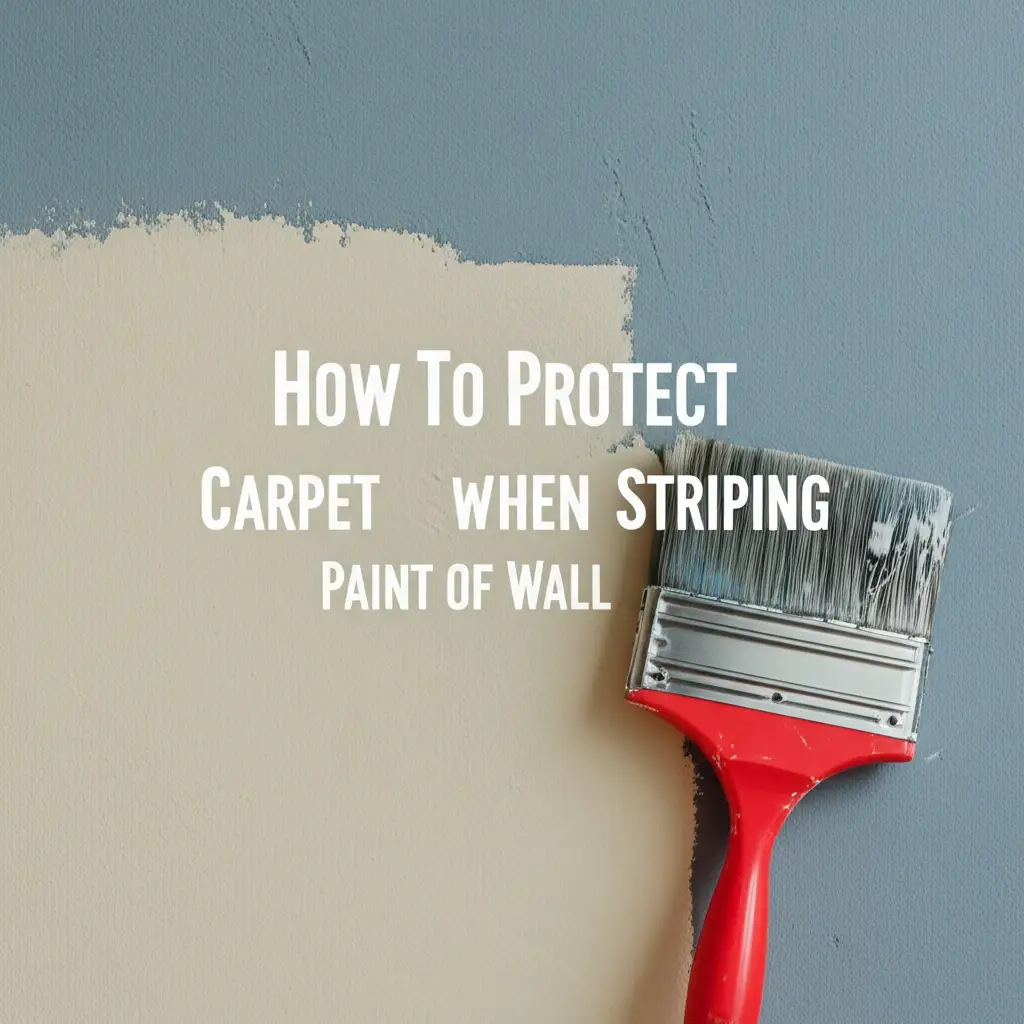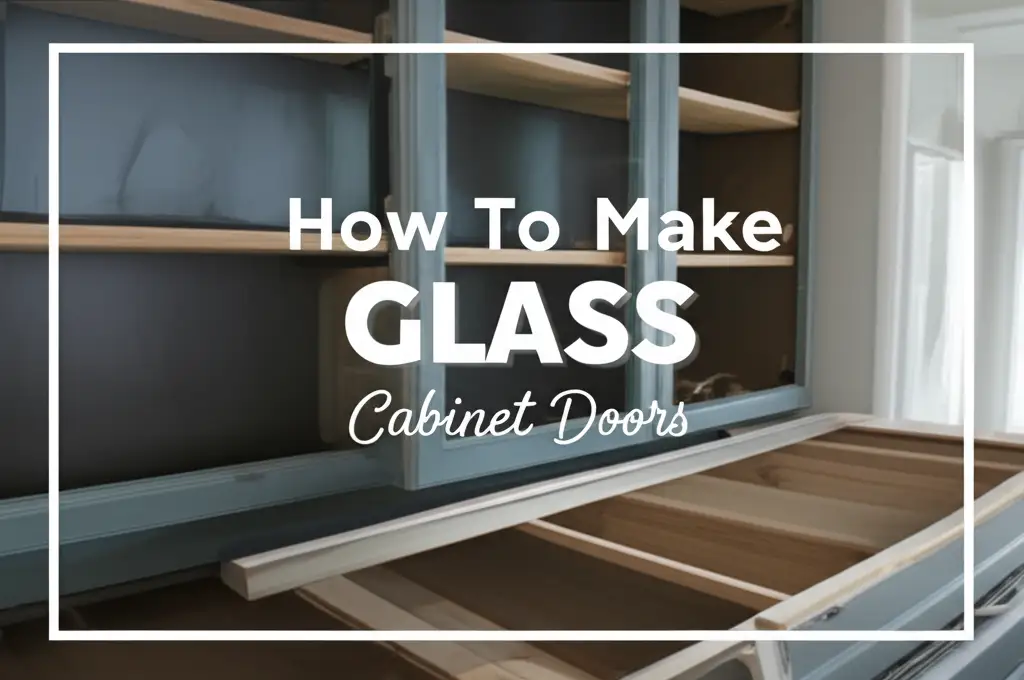· Liora Benning · Home Improvement · 14 min read
How To Keep Couch From Sliding On Carpet
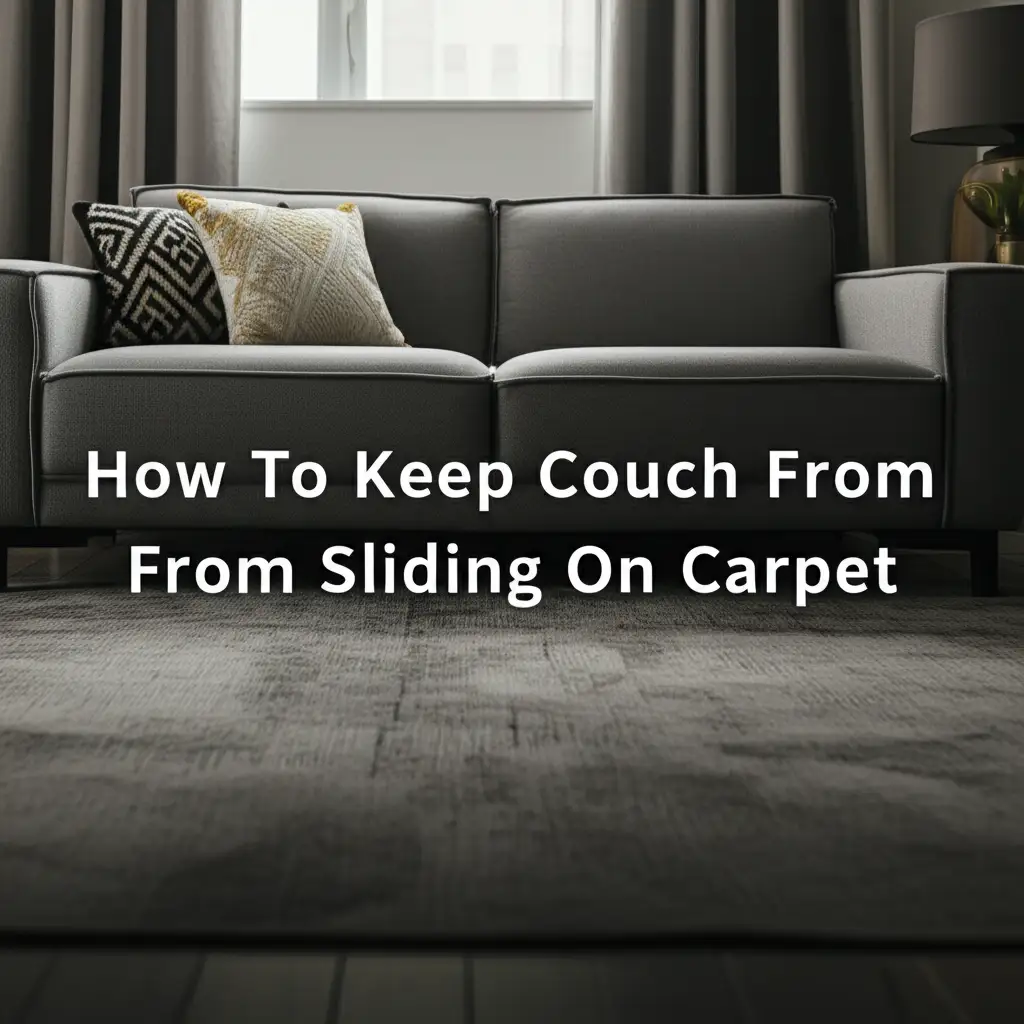
Stop the Slide: How to Keep Your Couch Stable on Carpet
Does your living room sofa seem to have a mind of its own? Perhaps it slowly inches away from the wall, or shifts every time someone sits down. If you’re wondering how to keep couch from sliding on carpet, you are not alone. This common household problem can be frustrating and even a bit unsafe. A sliding couch disrupts the look of your room and makes daily life less comfortable.
Imagine your beautiful living space where furniture stays exactly where you put it. You can achieve this peace of mind with simple, effective solutions. This article explores practical methods and tools to anchor your sofa firmly. We will discuss various non-slip options, from easy DIY tricks to specialized products. Get ready to learn how to keep your couch perfectly still, enhancing both safety and aesthetics in your home.
Takeaway
To keep your couch from sliding on carpet, you should:
- Apply non-slip furniture pads or rubber cups to the couch legs.
- Use a large area rug with a non-slip rug pad underneath your couch.
- Consider furniture grippers or adhesive strips for extra traction.
- Adjust furniture placement to use walls as natural anchors.
- Ensure couch legs are clean and free of slick residues.
Your couch slides on carpet because the smooth couch legs have little friction against soft carpet fibers. Adding materials that create more grip, like rubber or felt pads, or placing a rug pad under an area rug, significantly increases stability. These solutions prevent unwanted movement, making your couch stay firmly in place.
Understanding Why Your Couch Slides on Carpet
A sliding couch is a common issue for many homeowners. We often wonder why our sturdy sofa won’t stay put on a plush carpet. Understanding the reasons helps us find the best solutions. The primary cause relates to friction, or rather, the lack of it.
Carpet fibers, especially those that are soft or thick, offer little resistance to smooth furniture legs. Wood, plastic, or even metal legs can glide easily over the carpet’s surface. This lack of grip causes the couch to shift with everyday use. Imagine trying to walk on ice; your feet slip because there is no friction. A couch on carpet faces a similar challenge.
Factors like the weight of the couch also play a role. Lighter couches tend to slide more easily than heavy ones. The type of carpet matters too. A very plush, high-pile carpet often allows more movement than a low-pile or tightly woven carpet. Even the base of the couch legs can affect stability. Some legs are inherently slicker than others.
Movement from people sitting, standing, or even just bumping into the couch contributes to the problem. Each small shift adds up. Over time, your couch can end up far from its original spot. This movement also creates wear and tear on your carpet. Finding ways to increase friction between the couch and the carpet is key to solving this issue.
The Power of Non-Slip Furniture Pads
Non-slip furniture pads are a simple yet incredibly effective solution. These pads attach to the bottom of your couch legs. They create a high-friction surface that grips the carpet fibers. Most non-slip pads are made from rubber, silicone, or a combination of materials.
You can find these pads in various shapes and sizes. Round pads fit most standard couch legs. Square or rectangular pads work well for larger, more uniquely shaped furniture bases. They often have an adhesive backing for easy application. Just peel and stick them to the clean underside of each couch leg. Some pads come with screws for a more permanent attachment.
These pads stop the couch from moving by increasing the grip on the carpet. The textured surface of the pad digs slightly into the carpet pile. This provides the necessary resistance to prevent sliding. Even on thick, soft carpets, these pads make a noticeable difference. They help your couch stay firmly in place.
Beyond preventing slides, these pads also protect your floors. They prevent scratches on hardwood if your couch ever moves off the carpet. They also distribute the weight of the furniture more evenly. This can help prevent indentations or damage to your carpet over time. I found them very easy to install on my sofa. It took me just a few minutes to secure my large sectional. These little additions provide a lot of peace of mind.
Utilizing Rubber Furniture Cups and Coasters
Rubber furniture cups and coasters offer another excellent solution for stability. These products work by creating a cupped base for each couch leg. The couch leg sits inside the cup. The bottom of the cup, made of rubber or a similar high-friction material, then rests on the carpet.
These cups are typically made from durable, dense rubber. This material is inherently grippy. It prevents movement by providing a strong hold on the carpet fibers. You can find them in various sizes to match the diameter of your couch legs. It is important to measure your couch legs before purchasing. A snug fit ensures maximum stability.
Using rubber cups is straightforward. Simply lift each couch leg and place a cup underneath it. The design of the cup keeps the leg securely in place. This prevents the couch from slipping sideways or diagonally. These cups are especially useful for couches with round or thin legs. They offer a larger contact surface area than small pads.
Besides preventing sliding, these cups also protect your carpet. They distribute the weight of the couch over a wider area. This reduces the pressure on individual carpet fibers. This can help prevent deep indentations or premature wear in the carpet where the legs rest. They also prevent the couch legs from snagging or tearing delicate carpet loops. This is a simple, effective, and durable way to keep your couch exactly where it belongs.
Adding Grip with Area Rugs and Underlays
An area rug can be a stylish and functional solution to stop couch sliding. Placing a large area rug under your couch adds a layer of friction. The rug itself provides a surface different from the main carpet. However, the rug itself might slide. This is where a rug pad comes in.
A good quality rug pad placed underneath the area rug is essential. These pads are specifically designed to grip both the floor and the rug. They are usually made from rubber or felt and rubber blends. The top surface of the pad grips the area rug. The bottom surface grips your existing carpet. This two-way grip keeps both the area rug and the couch stable.
When choosing an area rug, make sure it is large enough. The rug should extend beyond all the couch legs. Ideally, at least the front legs of the couch should rest on the rug. Even better, all four legs should be on the rug for maximum stability. A larger rug also helps define your living space.
The right rug pad is crucial for success. Look for pads specifically labeled as non-slip or anti-skid. These pads not only prevent the rug from moving but also provide cushioning. This adds comfort underfoot. A good rug pad also protects your carpet underneath from wear caused by the rug itself. I always recommend using a rug pad to keep a carpet down effectively. For instance, if you have a brown couch, choosing the right area rug color can also enhance your room’s aesthetic while providing stability. You can explore options for what color area rug for brown couch. This dual approach ensures both style and function for your living area.
DIY Solutions to Prevent Couch Sliding
Sometimes, you need a quick fix without buying new products. Several do-it-yourself solutions can help prevent your couch from sliding. These methods often use materials you might already have at home. They can be good temporary fixes or even long-term solutions for lighter couches.
One simple DIY method involves using hot glue. Apply a few dots of hot glue to the bottom of each couch leg. Let the glue dry completely to form small, rubbery bumps. These bumps create friction against the carpet. The glue peels off easily if you need to remove it later. This method works best for lighter couches and for legs that have a flat bottom.
Another idea is to use old rubber jar openers or shelf liners. Cut small squares or circles from these materials. Attach them to the bottom of each couch leg using strong adhesive. The rubber material offers excellent grip. Ensure the adhesive is strong enough to hold the rubber in place. This prevents the pieces from detaching and becoming ineffective.
You can also try using heavy-duty double-sided carpet tape. Apply strips of this tape to the underside of your couch legs. Then press the couch firmly into place on the carpet. The tape creates a very strong bond. Be cautious with this method on delicate carpets, as removing the tape might cause damage. It’s usually best for low-pile carpets. Some people also suggest using pieces of old bicycle inner tubes or rubberized gloves. Cut them into small pieces and secure them to the legs. These DIY solutions can be surprisingly effective.
The Benefits of Furniture Grippers and Anchors
For a more robust solution, furniture grippers and anchors offer superior stability. These products are designed for maximum hold, especially for heavier furniture or high-traffic areas. They go beyond simple pads by providing a more integrated grip. They often feature a combination of materials and designs for enhanced friction.
Furniture grippers typically consist of a hard plastic or metal base with a textured, non-slip rubber or felt surface. Some designs incorporate small spikes or teeth. These teeth gently penetrate the carpet pile without damaging it. This penetration creates a very strong anchor, preventing any movement. You place these grippers directly under the couch legs. They are available in various sizes to accommodate different leg widths.
Floor anchors are another advanced option. These are more permanent solutions. They often involve screwing a small bracket or clip directly into the floor joists under the carpet. The couch then connects to these anchors. This method provides the absolute strongest hold. It is usually reserved for very large, heavy pieces of furniture that must not move at all. Installing floor anchors requires more effort and expertise. It may involve pulling back a section of carpet.
These specialized solutions are ideal for homes with very active children or pets. They ensure the couch stays precisely where it belongs. They can prevent accidents caused by shifting furniture. They also help maintain the pristine condition of your carpet. I found that investing in good furniture grippers made a huge difference for my oversized sectional. It no longer drifts across the room, even with kids jumping on it. These solutions also help you protect your carpet from the constant friction of sliding furniture.
Proper Furniture Placement for Stability
Sometimes, the simplest solution is to rethink your furniture arrangement. Strategic placement can significantly reduce the likelihood of your couch sliding. Using existing structures in your room can provide natural anchors. This method costs nothing and can be highly effective.
Placing your couch against a wall is the most obvious and effective strategy. The wall acts as a barrier, physically preventing the couch from moving backward. Even if the couch tries to slide forward, the resistance from the carpet and the inability to move backward often keeps it stable. This is especially true for heavier couches. I always position my sofa against a solid wall whenever possible. It instantly solves most sliding issues.
Consider placing your couch in a corner. This provides two walls for support. The couch becomes much more stable when nestled into a corner. It has nowhere to go in two directions. This significantly reduces overall movement. This also works well for L-shaped or sectional sofas. The corner creates a natural, secure pocket for the furniture.
If you cannot place your couch against a wall, try to position it on an area rug that is securely anchored. As discussed earlier, a large area rug with a non-slip pad beneath it offers significant stability. Make sure the rug extends far enough under the couch. All legs should rest on the rug for optimal grip. Thinking about how the couch interacts with its surroundings is key. A well-planned layout can be just as effective as any product. It prevents common sliding problems before they even start.
Maintaining Your Couch’s Stability Over Time
Once you’ve secured your couch, ongoing maintenance ensures it stays put. Furniture solutions can wear out. Couch legs can collect dust or debris. Regular checks and cleaning can prolong the effectiveness of your non-slip methods. This keeps your living space safe and tidy.
Periodically inspect your couch legs and any non-slip pads or cups. Look for signs of wear and tear. Rubber pads might degrade or become brittle over time. Adhesive backings can lose their stickiness. If you notice a pad is worn, replace it promptly. A damaged pad will not provide adequate grip. This allows your couch to start sliding again.
Clean the bottom of your couch legs regularly. Dust, pet hair, and tiny carpet fibers can accumulate on the legs and pads. This buildup can reduce friction. A simple wipe-down with a damp cloth is usually enough. Ensure the legs and pads are dry before placing the couch back. A clean surface ensures maximum grip.
Consider the environment around your couch. High humidity can sometimes affect certain materials. Extreme temperature changes might also impact adhesive strength. Store extra non-slip pads in a cool, dry place. This ensures they are ready when needed. My experience taught me that a little maintenance goes a long way. Checking my couch pads every few months has kept my sofa perfectly still for years. Investing a few minutes periodically saves you the hassle of constant re-adjustments.
FAQ Section
Why does my couch keep sliding on my carpet?
Your couch slides because its smooth legs lack sufficient friction against the soft carpet fibers. This allows movement from daily use or even slight bumps. Factors like couch weight, carpet pile height, and leg material also influence how easily it slides.
What is the best way to stop a couch from sliding on carpet?
The best way is to use non-slip furniture pads made of rubber or silicone. Attach these directly to the bottom of each couch leg. They create excellent grip and prevent movement. Pairing them with an anchored area rug also works very well.
Can I use DIY methods to stop my couch from sliding?
Yes, you can use DIY methods. Applying dots of hot glue to the bottom of the legs works for lighter couches. Cutting and adhering pieces of rubber jar openers or shelf liner to the legs also adds friction. Double-sided carpet tape is another option for stronger grip.
Do rubber furniture cups work on all carpet types?
Rubber furniture cups work well on most carpet types, especially those with thicker piles. They provide a stable, cupped base for the couch leg. This increases the contact area with the carpet. They are very effective at preventing sideways movement.
How do I make sure an area rug helps prevent couch sliding?
To ensure an area rug helps, choose one large enough so all or at least the front legs of the couch rest on it. Crucially, place a high-quality non-slip rug pad underneath the area rug. This pad grips both the floor carpet and the area rug, anchoring both.
Will furniture grippers damage my carpet?
Quality furniture grippers are designed not to damage carpet. Some have small teeth or spikes that gently penetrate the pile, not the backing. Always choose grippers made for carpet use. Ensure proper placement to avoid any unwanted marks or snags.
Conclusion
A sliding couch on carpet is a common annoyance, but thankfully, it is a problem with many effective solutions. We have explored a range of options, from simple non-slip pads and rubber cups to the strategic use of area rugs with specialized underlays. Even clever DIY tricks and robust furniture grippers offer ways to achieve stability. My own experience confirms that even the most persistent couch can be tamed with the right approach.
Remember, the goal is to increase friction between your couch and the carpet. Whether you choose easy-to-apply non-slip pads, durable rubber cups, or decide to anchor your couch with a well-placed area rug, each method contributes to a more stable living space. A secure couch means a safer home and a more aesthetically pleasing room. Take action today to keep couch from sliding on carpet and enjoy furniture that stays exactly where you want it. Your secure and stylish living room awaits!


